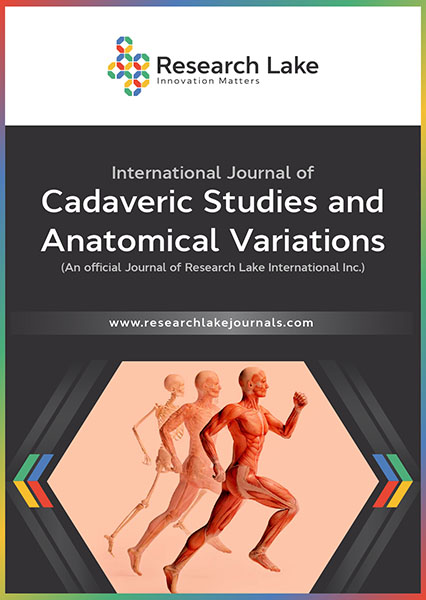Overall Prevalence and Clinical Significance of a Retroesophageal Right Subclavian with a Non-Recurrent Right Laryngeal Nerve in an 83-year-old and a 93-year-old White Male Donor
Abstract
Head and neck anatomic variations are common and generally go undetected, but may be clinically significant or have important surgical consequences. Knowledge of various abnormalities is important for clinical decision making and the avoidance of iatrogenic complications. Anomalies of the aortic arch and its various branches are relatively common. However, rare variations with profound clinical sequelae can occur. During recent cadaveric dissection, we identified an 83-year-old and a 93-year-old White male donor who both had a right retroesophageal subclavian artery with an associated non-recurrent right laryngeal nerve. Lack of knowledge of this anatomic variation can directly result in severe consequences for patients and lead to major morbidity. Understanding this variation and recognizing it will be important for anatomists, radiologists and surgeons.
Copyright (c) 2023 Ryan Hotchkiss, Aaron Kilgore, Elizabeth Maynes, Maria Ximena Leighton, Gary Wind, Kerrie Lashley, Teresa Buescher, Jordan Dimitrakoff, Guinevere Granite

This work is licensed under a Creative Commons Attribution-NonCommercial 4.0 International License.
Copyright © by the authors; licensee Research Lake International Inc., Canada. This article is an open access article distributed under the terms and conditions of the Creative Commons Attribution Non-Commercial License (CC BY-NC) (http://creativecommons.org/licenses/by-nc/4.0/).















